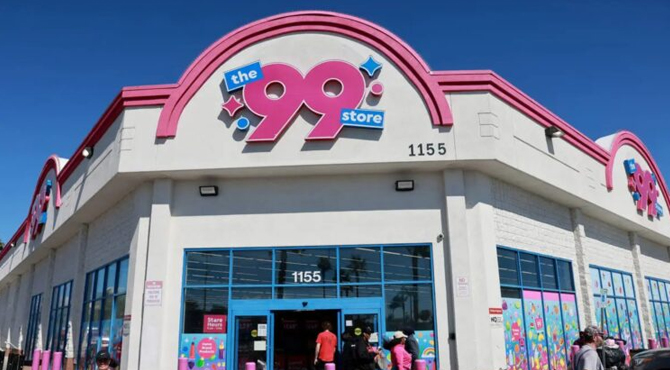For the regional retail grocery sector, particularly in New England, there has been disappointing news from a significant regional chain, Stop & Shop, which is owned by Ahold Delhaize and has shut down 32 stores in five states. This decision is not the first to reshape the retail space; more and more small and regional chains are falling behind more prominent competitors such as Walmart and Target.

The closures underpin some of the problems that physical retail grocery stores face when operating in a dynamic environment. This change is associated with overall economic conditions and shifts in consumer trends, as well as new market realities that impacted the traditional L&R industry format and caused many of these stores to adapt to new situations and strategies in order to sustain their presence in the market space.
The management at Stop & Shop has closed the stores because the organization is financially indebted and consumers are shifting their habits. Its CEO, JJ Fleeman, knew that the chain’s selling proposition and its price disadvantage were unfavorable.
Also, an increase in shoplifting and staff turnover in the COVID pandemic-created environment added more pressure on the business, requiring the company to make hard choices to survive. Other reasons include the expansion of online groceries and discount stores, which shifted pressure to supermarkets like Stop & Shop.
These pressures have been compounded by increasing operating costs and changing customer purchasing patterns for these convenience-oriented grocery stores, which puts a lot of pressure on many regional grocery chains.
The 32 store closures will affect five states: These states are Connecticut with five stores, Massachusetts with eight stores, New Jersey with ten stores, Rhode Island with two stores, and New York with seven stores. However, Stop & Shop stated that the company will continue strong as they will still hold over 350 stores in operation within a five-state region.
The company has also pledged to ensure that those employees laid off get employment in stores in the company, which will remain operational, proving that it has the best interests of its employees during such a transition. This change might obviously affect local communities: some regions might be left with no local grocery stores and an absence of jobs.
Nevertheless, the continued presence of a number of stores means that the company is not entirely leaving the market, which may allow it to remain competitive with other chains rather than abandoning certain areas to shift consumer choice completely.
As a result of these crucial factors, they are not only shutting down stores but are also coming up with a long-term business plan to enhance their market position compared to Stop & Shop. The firm has revealed a plan to spend about one billion U.S. dollars to improve the appearance of its stores in the U.S. and has also revealed steps to reduce prices.
Besides continuing with the store modernization that Ahold Delhaize initiated through its operating unit Stop & Shop, the company expects to go on with this plan after the outbreak of COVID-19 hampered it. The company has argued that renovated facilities perform better than older and less attractive outlets, an assertion that points to this strategy as being central to the company’s success in the future.
Such a comprehensive concept involves upgrading store format, upgrading the choice of products, increasing digital competencies, and developing customer-centric strategies. Through the constant consumer shift of preference towards fresh products and the development of both innovative physical and digital layouts, Stop & Shop is therefore seeking to craft a different experience that can challenge both the conventional and the online market players.
Hence, the move that has seen over 30 Stop & Shop stores close is a noticeable change in the grocery market in New England and can be regarded as an indication of the changing trend in the retail industry. Consequently, this forces regional players such as Stop & Shop to surrender to larger chains as they continue to wane.
Nevertheless, the company’s investment in stores’ improvement, as well as other promising investments, shows its desire to stay afloat amid the existing threats. The outcome of these attempts will probably define the future of Stop & Shop and may hold clues for other regional players struggling to work out how to compete in a world where the giants are getting only more significant.

